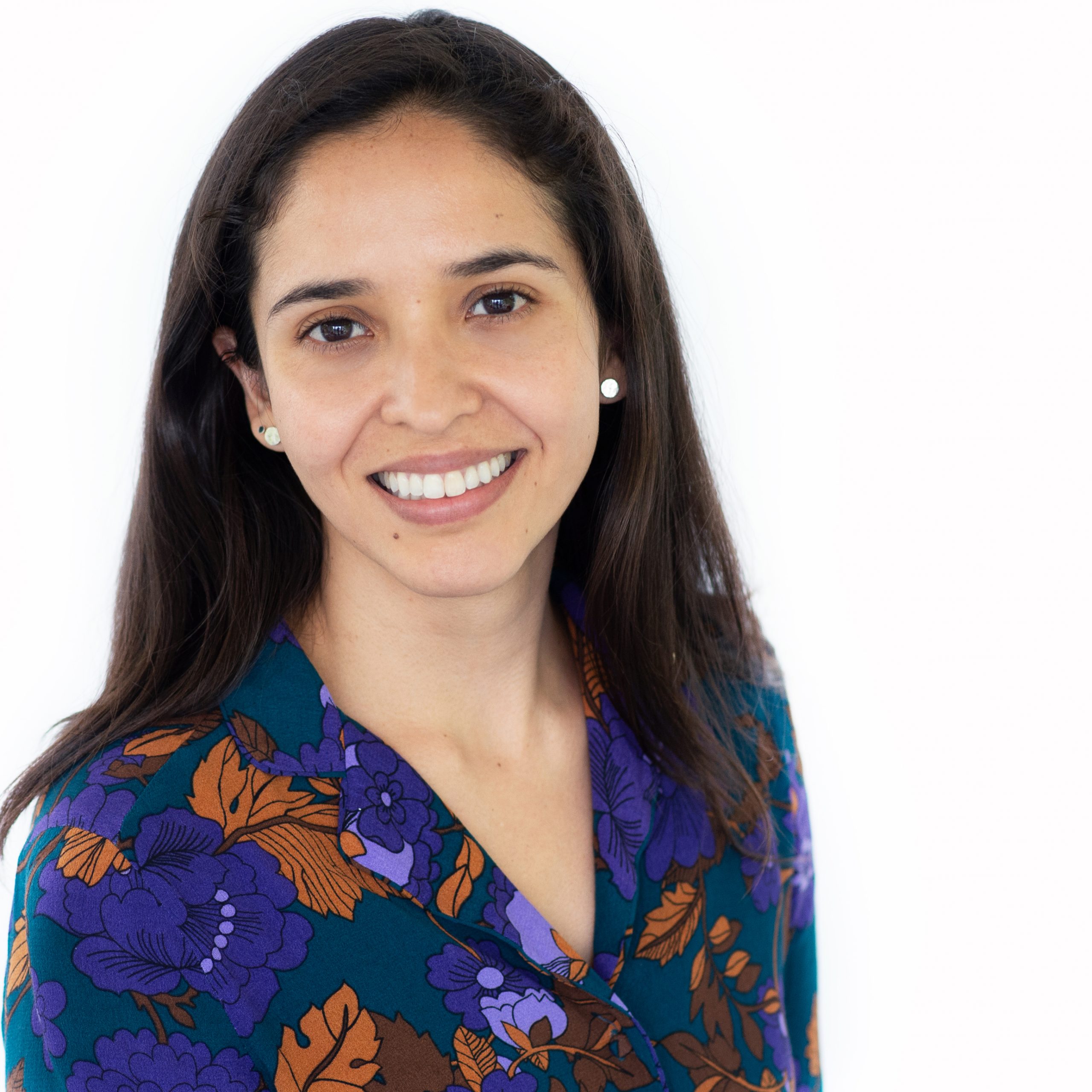This is what the economy of the Amazon…
10 July, 2024
Thursday 11 june 2020
Header photo by: Fundacion Plurales
Women are the ones who are primarily responsible for the livelihoods of their families, and their voices need to be included. The invisibility of their demands, their needs and the violation of women’s rights are serious obstacles when it comes to thinking about solutions to climate change and ensuring collective rights. It is not only important that their role and leadership in the community are strengthened, their knowledge, solutions and proposals for climate change adaptation and mitigation need to be collected as well.
To achieve environmental justice, we need to strengthen and empower women’s words, prioritizing them as central actors in climate action. ‘To do this, we have been supporting, training and linking together organized women’s groups that operate locally’, says Lilian Gregorio of Fundación Plurales.
Furthermore, reaching comprehensive solutions to climate change requires the involvement of a diverse group of actors in the process. This means we cannot exclude any sector, group or gender when working towards a common objective. We need to allow space for all of their different worldviews and cultures. Gregorio says: ‘It is time to listen, to recover ancient practices and values in order to expand knowledge and solutions.’
Serious problems like climate change require strong strategies and solutions, but this is not possible without adding the perspective of women. Gregorio: ‘At an action level, we believe that the greatest transformation force lies in shared synergy. That is why we focus on regional action with other NGOs, with a focus on building alliances between governments, women and their communities’.
To illustrate what strong strategies could be used to build alliances between women to tackle climate change, Gregorio presented a mobile application for female environmental defenders at the COP25. ‘We developed the app together with Women’s Fund of the South, with the aim of expanding the flow of communication between female environmental defenders in Latin America,’ says Gregorio. ‘We want to strengthen the capacity of these women to access and distribute important information, especially in the context of the humanitarian crisis caused by the COVID-19 pandemic.’

